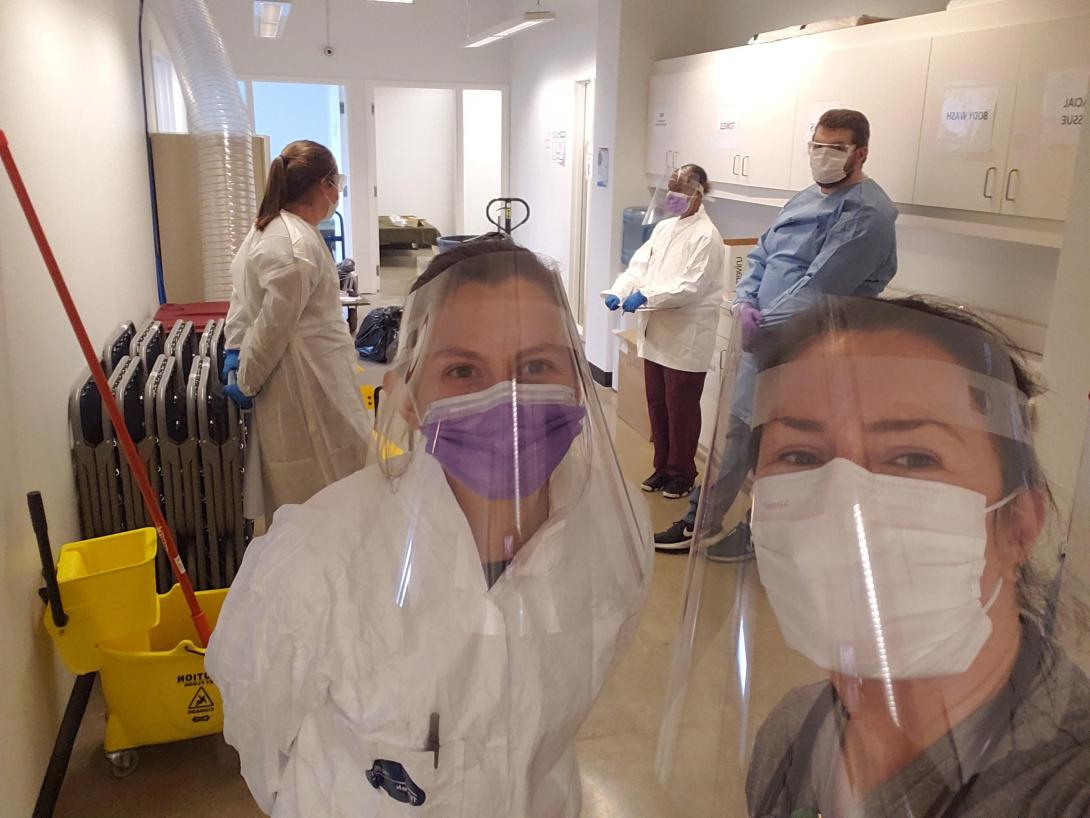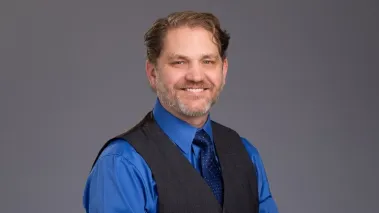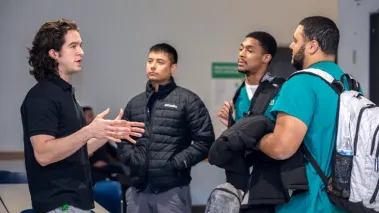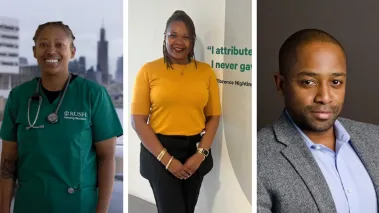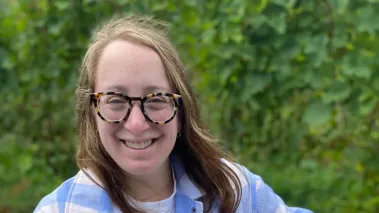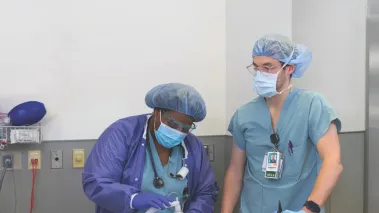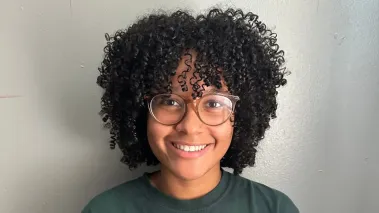There is strength in numbers. In terms of the coronavirus, the closer groups are together, the greater and stronger the spread. This same notion applies to the incredible work of the West Side COVID-19 homeless coalition to keep one of the city's most vulnerable populations safe now — and in the future. And Rush is leading the way.
Mayor Lori Lightfoot announced a citywide effort to support this population in a conference last week, but the coalition had already begun developing its own effort before that. It began as a response to a COVID outbreak in a substance use disorder clinic in late March and quickly grew from there into setting up an isolation unit at A Safe Haven for the homeless population in about a week.
Angela Moss, APN-BC, adult nurse practitioner and assistant dean of faculty practice in the College of Nursing, leads the nursing effort at A Safe Haven and recalls receiving the message that got things rolling.
It was 9:32 pm, March 21 on a Saturday. Moss got a text from Steve Rothschild, MD, medical director for population health and chairperson of the Department of Family Medicine at Rush who originally led the coalition and David Ansell, MD, senior vice president of community health equity and another leading member of the coalition. The workgroup decided they needed to stand up an isolation center stat.
“David had contacted the city, and the city started looking for spaces, and as luck would have it, A Safe Haven happened to have an open office space," Moss said. “It's a 7,000-square-foot office space that had been rented by the Chicago Housing Authority, but they moved out in November."
It was a win all around. A Safe Haven could provide the space. Heartland Alliance could provide behavioral health support. And Rush could provide medical services since practitioners were already working in the space.
Pre-COVID, Rush had a partnership with A Safe Haven to design a primary care health center for the general population. As part of that, the College of Nursing received a $2.3 million four-year grant from the U.S. Health Resources and Services Administration (HRSA) and Advanced Nursing Education Workforce (ANEW) to train nurses and serve as a nurse practitioner training site. Work began in early March where nurses began seeing patients, and two weeks later COVID-19 hit. That work moved to 100% telehealth in a week, and then the team ramped up for the isolation unit.
With all the elements in place, the only thing that needed to be done was make it operational — and the city wanted it open in a week. So they hit the ground running.
Working together for the common good
Leaders from shelters across the city participate in the twice-daily COVID homeless coalition calls and share the status of their shelters, known as “situational awareness." Clinicians in the group then rally based on what they hear.
Using a public health prevention model approach, Rush and UI Health practitioners work in tandem to conduct screenings at homeless shelters to prevent outbreaks before they happen. The team, led by Elizabeth Davis, MD, assistant professor in the Department of Medicine, has tested 1,375 people since the initiative began two weeks ago. The positivity rate varies by site between 0% and 53%, with an average of 35%. The team tests approximately 600 individuals weekly.
“Our rapid response COVID team says about 350 are testing positive for COVID," Ansell said. “Imagine if 35 percent of the U.S. had COVID. We think a third of the homeless are COVID-positive. If we didn't have an equity strategy, we wouldn't know how to handle this."
When this vulnerable population gets diagnosed at a shelter or in the ER, or they were hospitalized as a result of COVID-19 but are now no longer in need of hospitalization, they go to A Safe Haven.
To secure one of the 100 available beds in the dedicated COVID wing at A Safe Haven, people, or guests as they're called, must meet a small list of criteria, including the following:
- They must have unstable housing.
- They have to be COVID-positive.
- They have to be medically stable and not need to be in a hospital.
- They must still be within their quarantine period.
“It's not like they can go in a room and close their door because they're living in a dormitory with a hundred other people who are all high risk," Moss explained. “We get guests here to finish out their medical respite quarantine period."
The new way forward
Because this whole experience is the first of its kind, no day is the same. But medical care from Rush usually works like this: Guests' COVID symptoms are managed and observed for medical decline, and even a bit of primary care management is done (for example, making sure guests have their blood pressure or asthma medication and offering up education around managing these conditions). Social support is also provided for guests to connect them with any social services needed.
When their isolation period is complete, guests can go back to the shelters where they were before, “but most prefer to engage in social services while they're here so they can work on transitional supportive housing of some kind," Moss added.
And beyond that? The coalition is setting its sights on policy changes that will address the crisis of unstable housing in the nation. The group is developing a white paper that will encourage policymakers to create more transitional supportive housing systems. “Our hope is that we can use this as a learning experience to change the way we think about health for vulnerable populations," Moss said.
Personally, speaking, Moss concluded, “Being able to be a part of something like this gives me fuel and hope that we don't have to tolerate what's just good enough and that we can make a difference. We can change things for the better."

